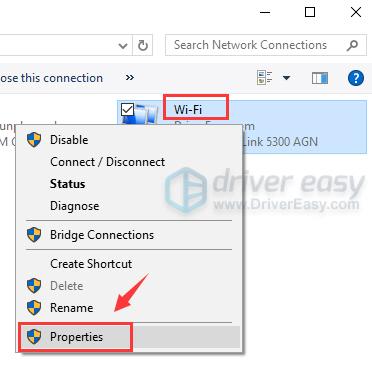How to stop your Wi-Fi from disconnecting constantly
Is your home wifi constantly shutting down or disconnecting from your device? Does everything shit out when more than one person tries to stream? Do you have to stay huddled together right next to your router to share the connection?
To be honest, we have no clue what’s wrong with your wifi. All wifi networks are created differently—and definitely not fairly. But don’t worry. There are easy ways to fix crappy networks, if you’re open to some trial and error.
Home wifi normally suffers from two kinds of threats, and no, they’re not teenage data succubi and hard core gamers. It could boil down to hardware problems, like your router consistently turning off, which is pretty rare. Far more common is an environmental issue. Where you place your router, how far its coverage spreads, and even the build of your home can have drastic effects on wifi.
There are a million and one solutions out there—from unplugging and replugging your router to replacing it – but first things first: You need to pinpoint the issue.
Most routers—excluding many of the rental routers you get from Internet or cable companies—have a phone app that makes it simple to update the firmware, change your settings, and more. Just downloading that app can give you a wealth of relevant information.

There are also a bunch of free apps out there, like Heat Map and Speed Test, that help you see how your internet is performing. All will allow you to test your wifi speeds quickly and from different areas of your home, so you can pinpoint dead spots or see how your wifi works under stress.
Just having access to information about download speeds and coverage can make a huge difference in how you understand your connection. For starters, knowing what your connection looks like on a good day will tell you if you truly need an internet upgrade or just a fix so you have fewer bad days. Monitoring when your internet itself is not up to snuff can help you better complain to your service provider, forcing them to offer actual solutions. And finding dead zones in your house can show you where to spread your coverage by using wifi accessories—or simply moving your router.
If you have a hardware issue with your router—not the actual internet itself—you’ll most likely see the globe (or similar symbol) on your router turn red or yellow, or the message “limited or no connectivity” pop up even when your wifi is showing that it is connected.
A lot of different things could cause your router to crap out on you, but there are a few simple solutions. One is to make sure your wifi has the latest firmware. Whether you’re using the router provided to you from the internet or cable company or you own one, the software on it gets updates pretty regularly, a fact that many people overlook.
Every router is different, but all should be easy to update after a few minutes on the router manufacturer’s website, or on the phone with the manufacturer. Going back to the phone app, a vast majority of routers have an app where you can easily do updates with the press of a button.
Another key factor to keep in mind is that using the router provided to you by the internet or cable company isn’t always the right move. Oftentimes you can buy far better routers for far less money than you’ll end up paying by the end of the rental period. Some companies even give customers a new and improved router as their “internet” upgrade, meaning your internet connection was always good, but the router itself couldn’t transmit all of the data.
As a final note, if you are investing in a new router, make sure it has 5 GHz capabilities (rather than just 2.4 GHz) and a 802.11ac system. Don’t worry about what those numbers mean too much—most routers will have them—it just assures you that you have the latest tech.
At the end of the day, wifi can feel daunting, but you have all the tools you need. Run the tests and figure out the best and most affordable solution for you to make your online life much smoother. And if you don’t want to do that, just unplug everything and go off the grid.








